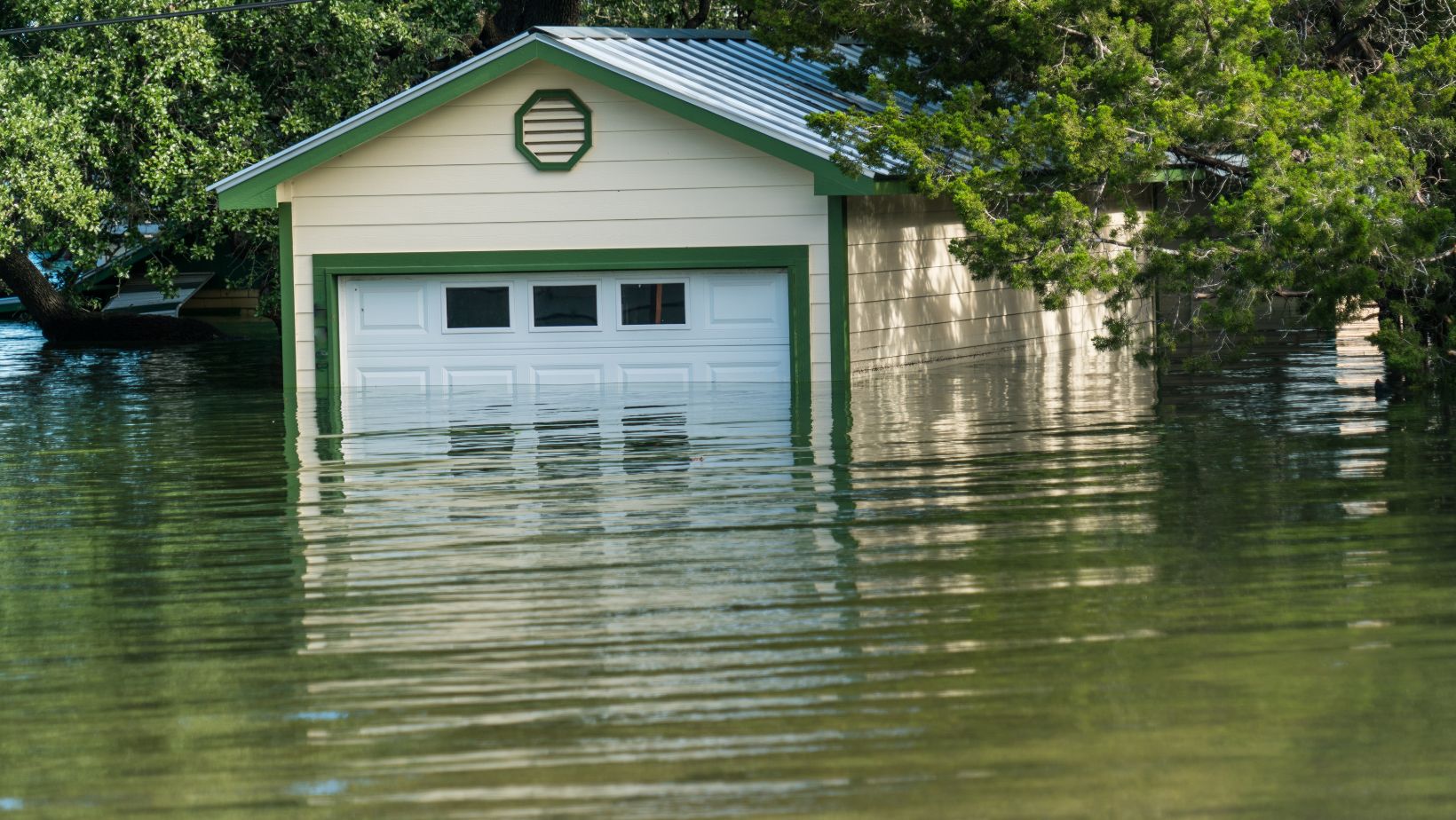Table of Contents
ToggleFlood Vents for Garage
When it comes to protecting your garage from potential flood damage, one crucial aspect to consider is installing flood vents. Flood vents for garages play a vital role in mitigating the impact of flooding by allowing water to flow freely in and out of the space. In this article, I’ll delve into the importance of flood vents for garages and how they can help safeguard your property during extreme weather events.
Garages are often susceptible to flooding due to their lower elevation or proximity to bodies of water. Without proper ventilation, stagnant water can accumulate inside the garage, causing significant damage to vehicles, equipment, and stored belongings. This is where flood vents come into play. These specially designed openings provide an escape route for rising waters, preventing hydrostatic pressure buildup on the walls and foundation of the garage.
Choosing the Right Flood Vent for Your Garage
When it comes to protecting your garage from potential flood damage, selecting the right flood vent is crucial. With an array of options available in the market, it’s important to make an informed decision that suits your specific needs. Here are some key factors to consider when choosing a flood vent for your garage:
- Building Codes and Regulations: Before making any purchase, familiarize yourself with local building codes and regulations related to flood vents. Different areas may have specific requirements regarding design features, installation methods, or certifications. Ensuring compliance will not only keep you safe but also prevent any legal complications down the line.
- Flood Zone Classification: Determine the flood zone classification of your property to gauge the level of protection required. Zones with higher risk levels demand more robust flood vent systems. Consulting with a professional or referring to FEMA’s flood maps can help you identify the appropriate level of protection needed for your garage.
- Design and Construction: Look for flood vents specifically designed for garages or other enclosed spaces. These vents should be resistant to water infiltration and constructed from durable materials such as corrosion-resistant metals or reinforced polymeric materials.
- Airflow Capacity: Adequate airflow during flooding events is essential for equalizing pressure inside and outside the garage, preventing structural damage due to hydrostatic forces. Ensure that the chosen flood vent has sufficient capacity to allow efficient passage of air without compromising on its ability to block water entry.
- Installation Ease: Opt for a flood vent that offers straightforward installation procedures or provides professional assistance if needed. Consider whether retrofitting is possible in case you already have an existing garage structure.
- Maintenance Requirements: Regular maintenance can extend the lifespan and effectiveness of your chosen flood vent system. Analyze manufacturer recommendations regarding inspection intervals, cleaning procedures, and any necessary replacements or repairs.
By carefully considering these factors, you’ll be able to select a suitable flood vent solution that provides optimal protection for your garage. Remember, investing in the right flood vent is an investment in safeguarding your valuable belongings and minimizing potential flood-related damage.
Factors to Consider When Selecting Flood Vents for Your Garage
When it comes to protecting your garage from potential flooding, choosing the right flood vents is crucial. With so many options available in the market, it can be challenging to determine which ones are best suited for your specific needs. To help you make an informed decision, here are some important factors to consider when selecting flood vents for your garage:
- Compliance with Building Codes: Before purchasing flood vents, ensure that they meet the building codes and regulations set by your local authorities. These codes vary from region to region and may include specific requirements regarding flood vent sizes, materials, and installation methods. By adhering to these guidelines, you can ensure that your garage remains compliant while effectively mitigating flood risks.
- Flood Protection Level: Different flood vents offer varying levels of protection against rising water levels. Assess the flood risk in your area and determine the required design flood elevation (DFE) or base flood elevation (BFE) specified by FEMA (Federal Emergency Management Agency). This will help you understand the appropriate amount of protection needed for your garage.
- Ventilation Efficiency: While flood protection is essential, it’s also crucial to consider ventilation requirements for your garage space. Look for flood vents that not only provide effective water resistance but also allow proper airflow during non-flooding periods. Adequate ventilation helps prevent moisture build-up and mold growth inside the garage.
- Durability and Maintenance: Invest in high-quality flood vents that are durable enough to withstand external elements such as heavy rain, wind, or debris impact. Additionally, consider the ease of maintenance associated with different types of vents – opt for those that require minimal upkeep and have a long lifespan.
- Installation Flexibility: Evaluate whether the selected flood vent system aligns with your existing garage structure or if any modifications are necessary during installation. Some systems may offer more flexibility than others when it comes to retrofitting into an existing garage design.
By taking these factors into account, you can make a well-informed decision when selecting flood vents for your garage. Remember to consult with professionals or experts in the field if you have any specific concerns or questions regarding your unique circumstances. Protecting your garage from potential flooding is not only essential for safeguarding your belongings but also for maintaining the structural integrity of your property.






